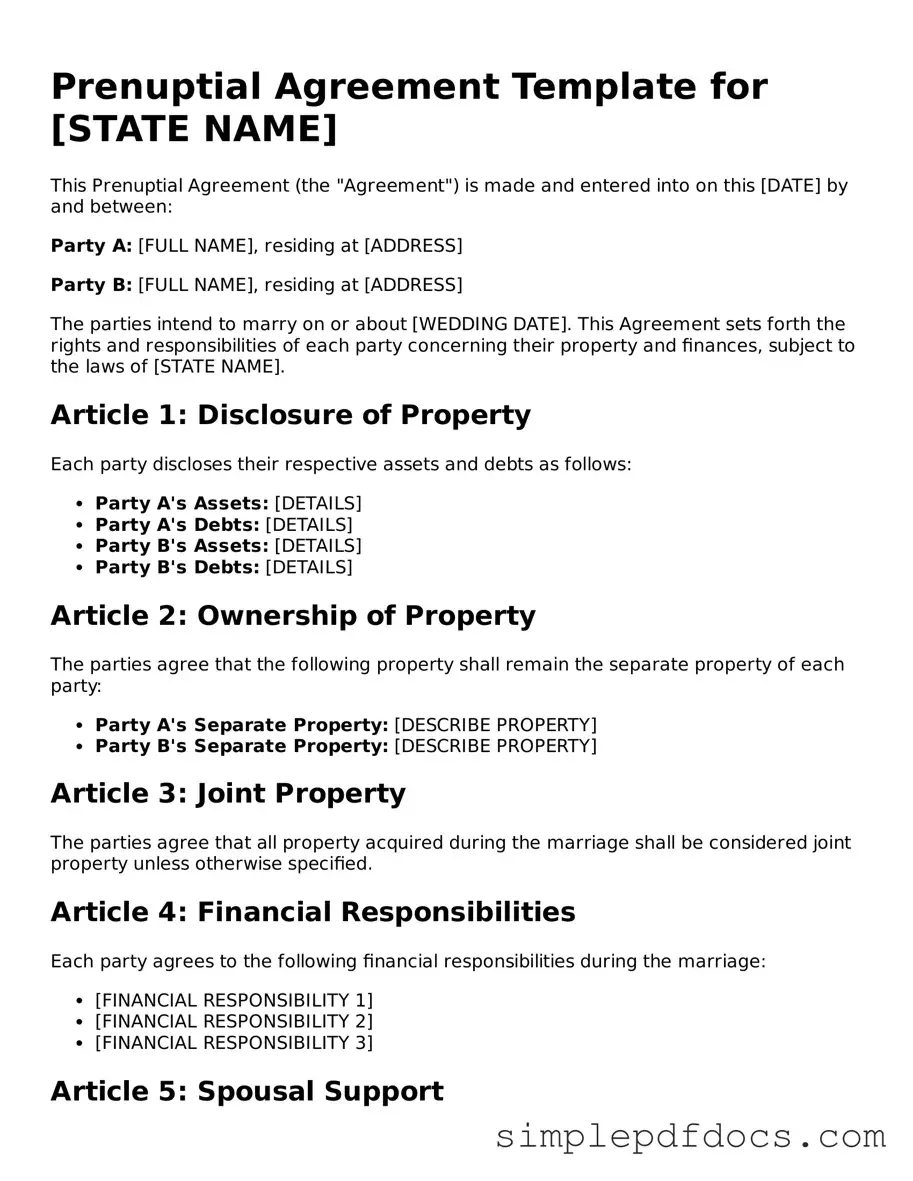When couples decide to marry, they often overlook the importance of discussing financial matters and asset protection. A prenuptial agreement, commonly known as a prenup, serves as a proactive step in addressing these concerns before tying the knot. This legal document outlines how assets and debts will be managed during the marriage and what will happen in the event of a divorce. Key elements typically included in a prenup are the identification of separate and marital property, provisions for spousal support, and the handling of debts. Couples can also specify how future earnings and assets will be treated, ensuring clarity and reducing potential conflicts down the road. While discussing a prenup may feel uncomfortable, it can foster open communication about finances, ultimately strengthening the relationship. By taking the time to create a comprehensive prenuptial agreement, couples can lay a solid foundation for their marriage, protecting both parties and promoting a sense of security as they embark on their life together.
